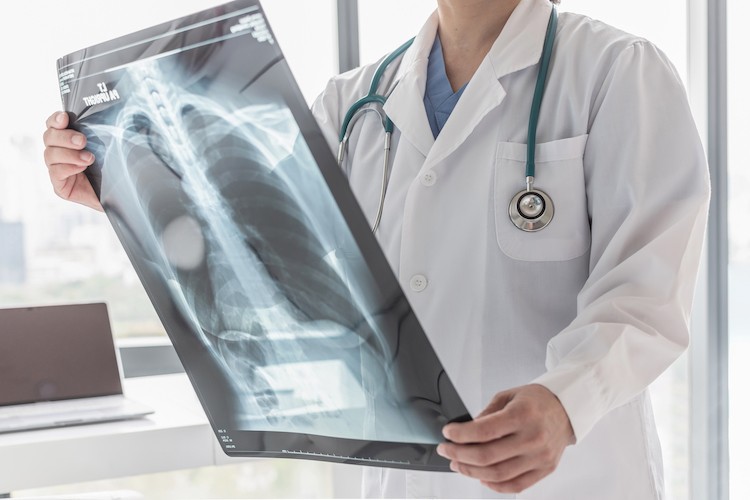Dental x-rays, more commonly known as radiographs, are used by dentists for diagnosis. Dental professionals can use these images to observe what’s happening beneath the teeth and gums. With this information, dentists can diagnose potential problems and plan appropriate treatment. This is a type of electromagnetic radiation that can penetrate through soft tissues in the body to create an image of bones and teeth. Dental x-rays use a small amount of radiation to produce these images. Dentists typically take two types of dental x-rays: intraoral and extraoral. Intraoral x-rays are taken from inside the mouth using film or digital sensors placed against the teeth. Extraoral x-rays are taken outside the mouth using specialized machines that capture images of the entire head or jaw. So why do dentists use x-rays?
- It shows whether there is decay hidden between teeth or below existing fillings.
- They reveal any damage or infection in tooth roots which cannot be seen with a naked-eye examination.
- Bone loss around teeth can occur due to periodontal disease (gum disease), which often does not show visible signs until it has progressed significantly.
- They reveal cysts or tumors in the jaws that require further evaluation by specialists.

Once a dentist has taken dental x-rays in Rockaway, NJ, they will carefully examine them to identify any potential issues. This process requires careful attention to detail as subtle changes in tooth structure or bone density can indicate underlying problems. The dentist may compare current images with previous ones if available to track changes over time. After reviewing the images, the dentist will discuss their findings with the patient and recommend any necessary treatment. For example, if cavities or tooth decay are found, a filling or root canal may be required. If bone loss is detected due to gum disease, deep cleaning or surgery may be necessary.
They reveal issues that require referral to specialists such as oral surgeons, orthodontists, or endodontists. These specialists have additional training in diagnosing and treating specific dental conditions. The amount of radiation emitted during a typical set of bitewing x-rays (most commonly used to detect cavities) is about the same as what you would receive from natural sources in one day. Digital x-ray machines also produce less radiation than traditional film machines. However, dentists take precautions to minimize exposure by using lead aprons and thyroid collars for patients undergoing radiographs.